Navodita, our Associate Editor, demystifies mass media and mass communication and ascertaining its importance in our lives. An exclusive for Different Truths.
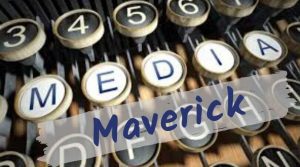 Media is a spectator and a platform for many struggles around the world and in the country. It is almost like a cauldron, where each competing group comes and showcases its agendas, battles, objectives, campaigns and waits for a worldview to shape up. How important then is media in our lives? How crucial is media literacy for our existence? Let’s find out.
Media is a spectator and a platform for many struggles around the world and in the country. It is almost like a cauldron, where each competing group comes and showcases its agendas, battles, objectives, campaigns and waits for a worldview to shape up. How important then is media in our lives? How crucial is media literacy for our existence? Let’s find out.
It is almost like a cauldron, where each competing group comes and showcases its agendas, battles, objectives, campaigns and waits for a worldview to shape up. How important then is media in our lives?
In the 20th century, people began using electronic media, and media technology has continued to develop rapidly ever since. Examples of electronic and non-print media include:
l Radio
l Cinema
l Television
l Computers (CD-ROM, USB flash drive)
l Video games
l Internet
l Recorded music
l Cell phones
l E-books
Media can be also categorised into four types: print, visual, sound, and digital. These categories only serve as rough orientation, as many media forms contain other types of media elements.
l Print: books, newspapers, magazines
l Visual: movies, television, photographs, drawings
l Sound: radio, recorded music, CDs, MP3 audio files
l Digital: Internet, email, video games, online social media
What are Mass Media and Mass Communication?
Mass media are various media technologies that are intended to reach a large audience via mass communication (such as books, newspapers, radio, television, films, recorded music, websites, and advertisements). Some media researchers go to the extent of saying that religious texts are more like media texts for their respective communities.
Some media researchers go to the extent of saying that religious texts are more like media texts for their respective communities.
On the other hand, information is different. Information is anything that informs, for example knowledge, factual data, or instructions. Journalists work with information, analysing and verifying it to present their audience with a balanced perspective on a story.
What is an Information Source?
An information source provides knowledge or information.
Documents, speeches, videos, websites, photographs and people are all examples of information sources, as are media like newspapers and radio shows. Individual sources of information are rarely neutral. It is important to consider where the information is coming from, why it is being shared, and to what extent the information source can be trusted. This is why most journalists work with the “two source” principle to check the authenticity of the information they are dealing with: if the information independently provided by two different sources matches up, it is more likely to be true. When considering the neutrality of some media content, it might be helpful to look at whether the media outlet is owned by an entrepreneur, the government, a private company, or whether it is independent. The owners of private media outlets often have an agenda, such as a political opinion, which they want to convey through that medium. Independent media can also have its own agenda, such as a political opinion that disagrees with the government’s point of view. It can also be useful to consider what motivates an information source. Is the source most interested in making money, in pushing through its agenda, or in informing the public?
This is why most journalists work with the “two source” principle to check the authenticity of the information they are dealing with: if the information independently provided by two different sources matches up, it is more likely to be true.
In the current scenario, news and the business of news is undergoing change with false information, fake news, misinformation doing the rounds. What then is news 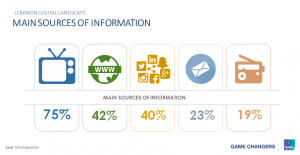 and how is it different from information? The word news comes from the word new. News is information that is new, important, and relevant or interesting. What counts as news depends on various factors, such as the location where something happened, the target audience, and an editor or reporter’s decision. The robbery of a shop in a small village, for instance, is important news for a local newspaper because it is relevant to the local community, but it is unlikely to be considered newsworthy by the national press or by a reporter in a different country.
and how is it different from information? The word news comes from the word new. News is information that is new, important, and relevant or interesting. What counts as news depends on various factors, such as the location where something happened, the target audience, and an editor or reporter’s decision. The robbery of a shop in a small village, for instance, is important news for a local newspaper because it is relevant to the local community, but it is unlikely to be considered newsworthy by the national press or by a reporter in a different country.
Most recently social media and web 2.0 have taken over and need to be understood. In the early days of the Internet, users mainly used it to read information online. That’s because the Internet was slow, data lines were limited, and it was difficult to put content on the Internet without knowing how to program in a computer language called HTML. This was too complicated or time-consuming for most people. But technological progress now allows us to post our own information (stories, comments, pictures, videos) with just the click of a mouse button. Now, we are used to generating and sharing content as well as reading it. Anyone can use the Internet to post information, such as sharing a photo on Facebook or creating a blog. Web 2.0 blurs the line between content consumers and content creators.
Social media are websites and applications that allow users to create and share content with a network of other users, or a virtual community. Users create a personalised profile and are then able to interact with each other and communicate in different ways, such as sharing photos and videos, chatting online, and creating groups to connect to people with similar interests.
What are social media and what makes them special? Social media are websites and applications that allow users to create and share content with a network of other users, or a virtual community. Users create a personalised profile and are then able to interact with each other and communicate in different ways, such as sharing photos and videos, chatting online, and creating groups to connect to people with similar interests. Social media have also become extremely important for traditional media like newspapers, radio and TV, because consumers are increasingly likely to access media content through social media rather than going directly to a media outlet’s website. If users like the content, they share it with their friends online, so social media have also become an important distribution channel for traditional media.
What are some examples of Web 2.0 and social media? Examples of popular social media sites include Facebook, Twitter, Instagram, YouTube, Flickr, LinkedIn and Pinterest. Web 2.0 includes other kinds of interactive software too, such as online banking, blogging, online file sharing tools, and online shopping.
With so many online options for the general netizen it becomes imperative to have a bit of working knowledge about internet, online media and functional knowledge of various online media tools.
With so many online options for the general netizen it becomes imperative to have a bit of working knowledge about internet, online media and functional knowledge of various online media tools. The new generation is fast catching on to this trend but when will the older one learn to keep up with the latest on technology and gadgets? The sooner, the better.
Photo from the Internet

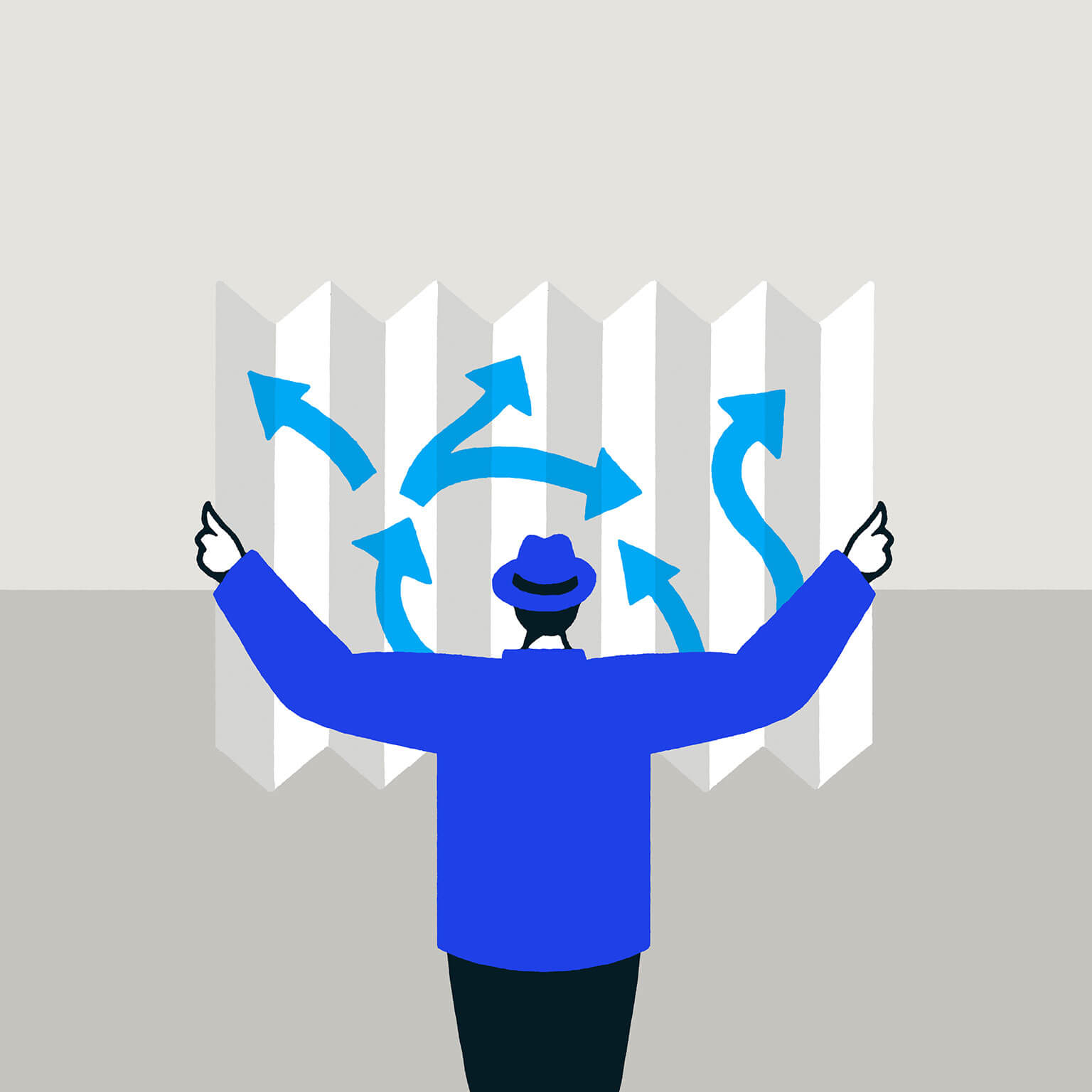



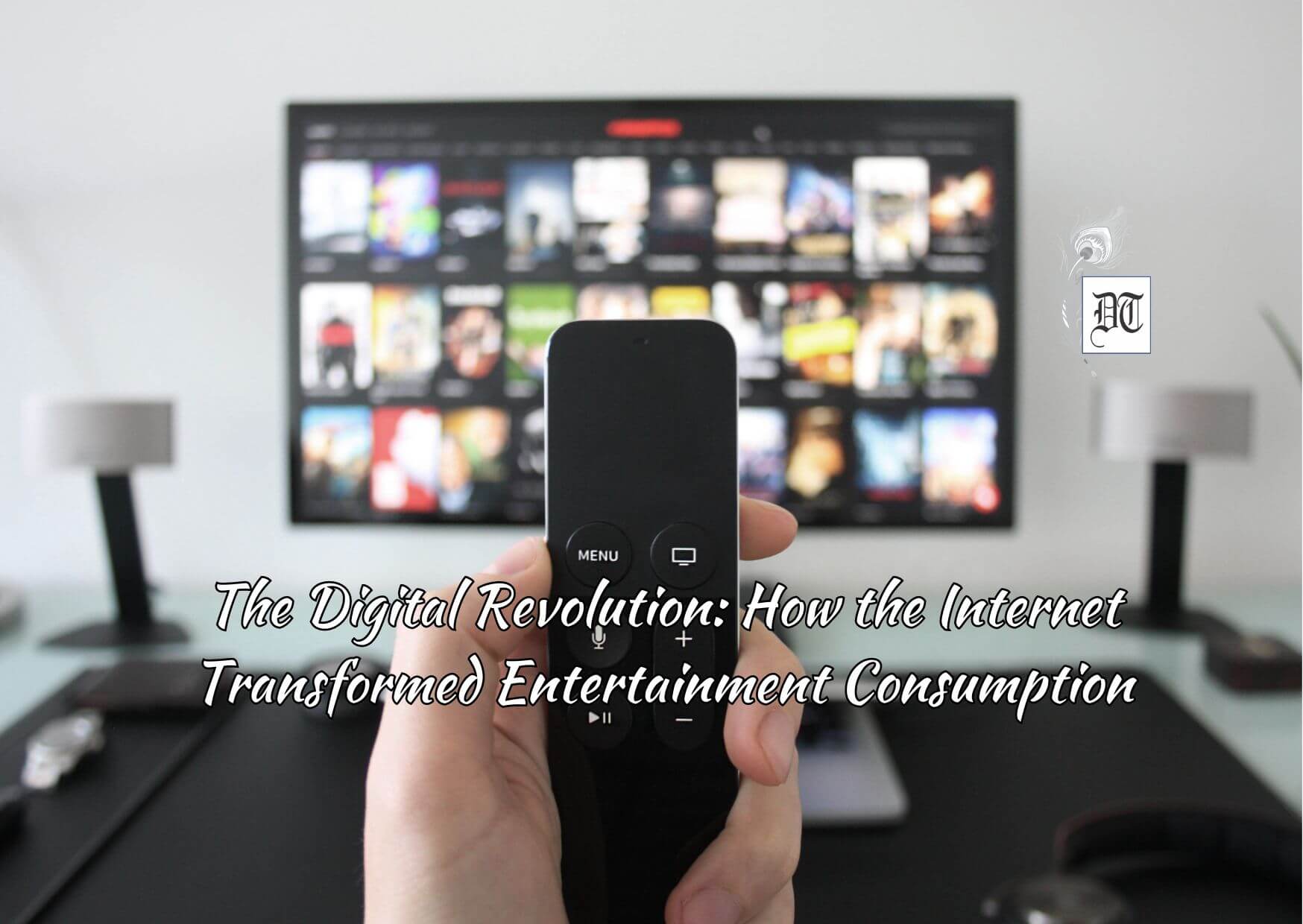
 By
By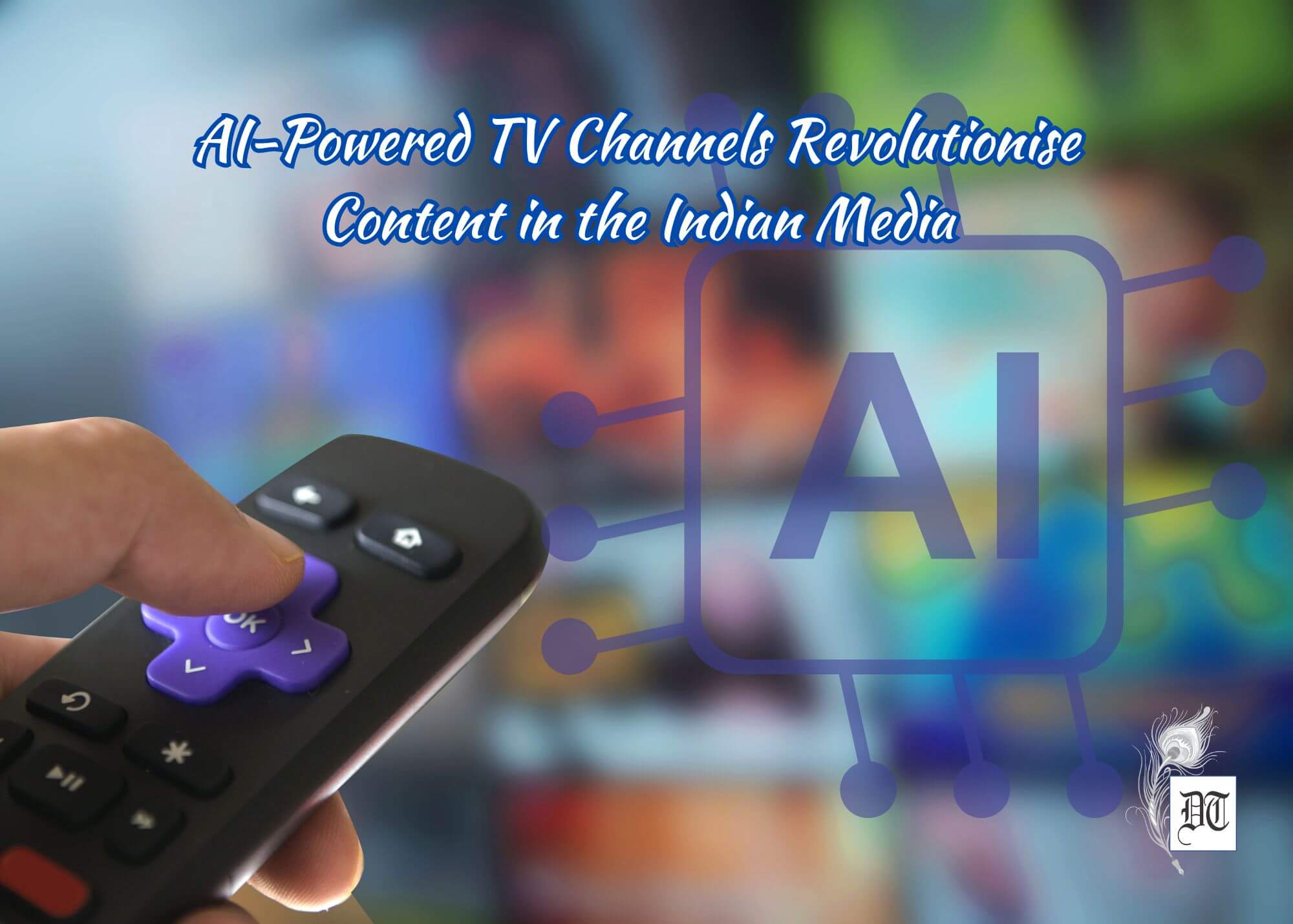
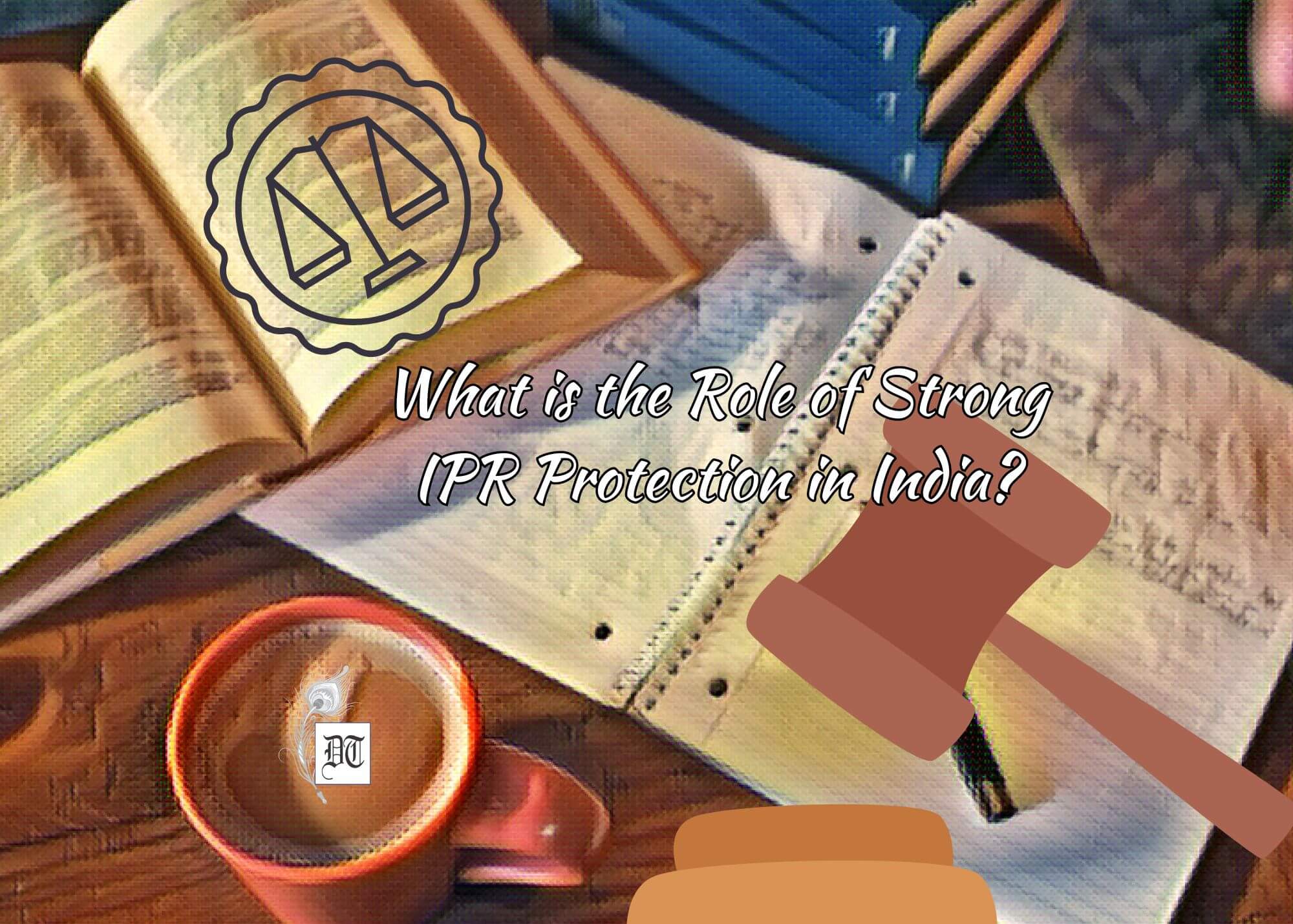
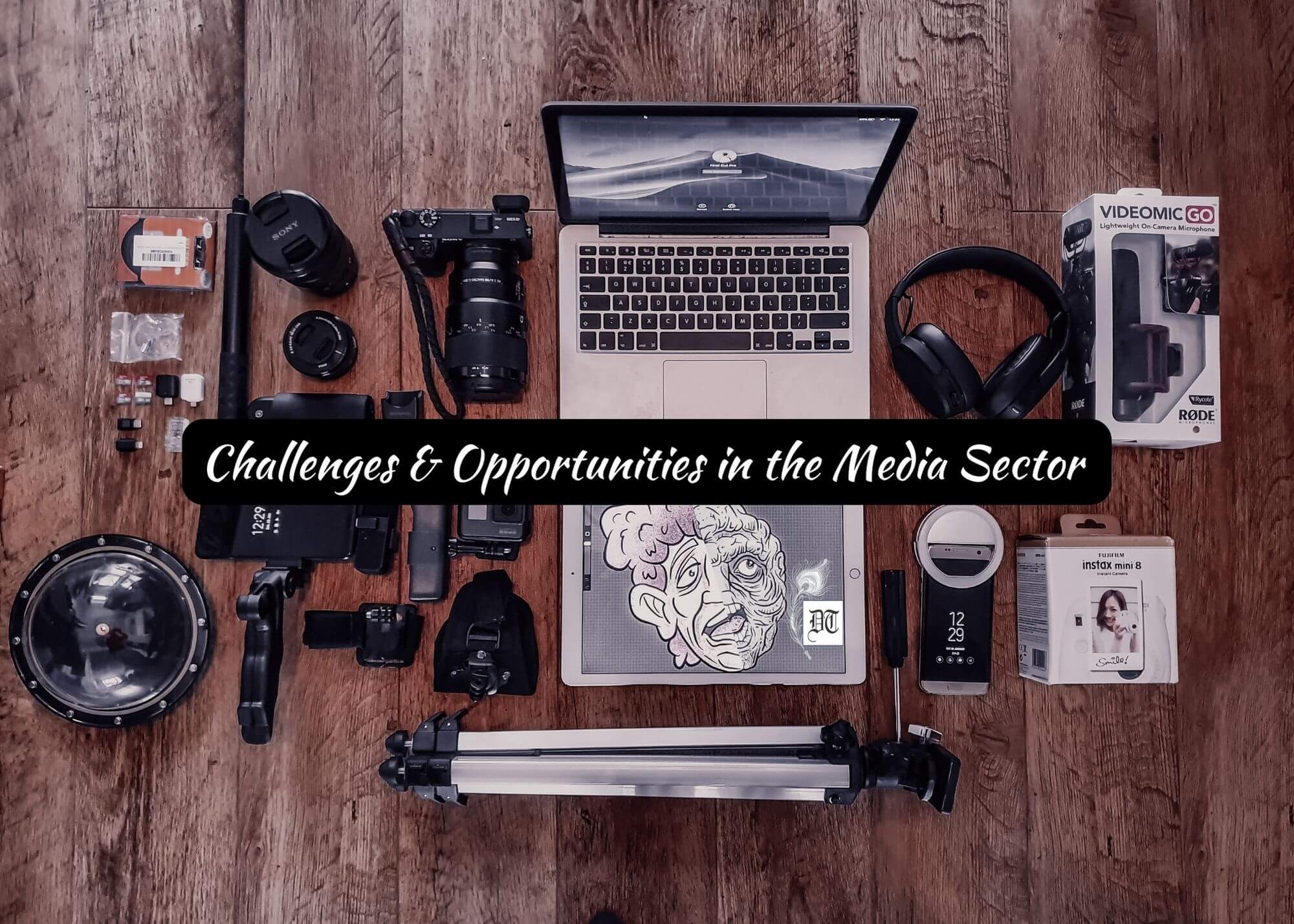
Educative, well written article. The author needs to be complimented for overview.
Thanks!